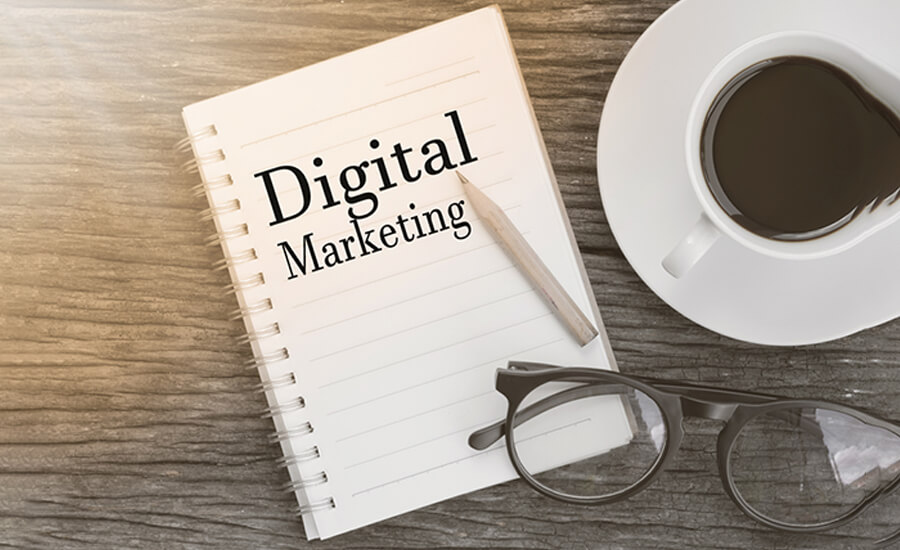In the fast-paced digital world, where attention spans are short and competition for user engagement is fierce, writing compelling copy has become an essential skill for effective digital marketing. Whether it’s crafting persuasive website content, engaging social media posts, captivating email campaigns, or enticing product descriptions, the art of writing compelling copy can make a significant impact on attracting and converting customers. In this blog post, we will explore key techniques and strategies for writing compelling copy for digital marketing.
Understand Your Target Audience:
Before writing any copy, it is crucial to have a deep understanding of your target audience. Research their demographics, interests, pain points, and motivations. This understanding will enable you to tailor your copy to resonate with your audience and address their specific needs and desires.
Grab Attention with Powerful Headlines:
The headline is the first impression your copy makes, and it needs to grab attention immediately. Use powerful, intriguing, and benefit-driven headlines that compel readers to continue reading. Experiment with different headline structures, such as questions, statistics, or compelling statements, to pique curiosity and entice readers to explore further.
Craft a Compelling Opening:
After capturing attention with your headline, the opening lines of your copy must maintain the reader’s interest. Use compelling storytelling, ask thought-provoking questions, or provide a captivating fact or statistic. The opening should connect with readers emotionally, making them feel compelled to keep reading.
Focus on Benefits:
Highlighting the benefits of your product or service is essential to persuasive copywriting. Instead of solely focusing on features, emphasize how your offering solves a problem or fulfills a desire. Paint a vivid picture of how your product or service will improve the lives of your audience, making it irresistible for them to take action.
Use Persuasive Language and Tone:
The language and tone of your copy play a significant role in capturing and retaining attention. Use clear and concise language, avoiding jargon or complex terms. Adopt a conversational and relatable tone that resonates with your target audience. Employ power words, emotional triggers, and action-oriented language to persuade readers to take the desired action.
Leverage Social Proof and Testimonials:
Social proof is a powerful tool in copywriting. Incorporate testimonials, reviews, and case studies to demonstrate the positive experiences of previous customers. By showcasing real stories and experiences, you instill trust and credibility in your brand, making it more compelling for potential customers to engage with your offerings.
Create a Sense of Urgency:
Creating a sense of urgency in your copy compels readers to take immediate action. Use words and phrases such as “limited time offer,” “act now,” or “don’t miss out” to convey the urgency and scarcity of your offering. Incorporate time-limited promotions, exclusive discounts, or limited inventory notifications to encourage prompt engagement.
Craft a Compelling Call-to-Action (CTA):
A compelling call-to-action is crucial to driving conversions. Clearly state the action you want your audience to take and make it prominent. Use actionable verbs, such as “Buy Now,” “Subscribe Today,” or “Get Started,” to make the CTA persuasive and easy to understand. Create a sense of FOMO (fear of missing out) by highlighting the benefits of taking action immediately.
Edit, Proofread, and Optimize:
After writing your copy, take the time to edit and proofread for clarity, conciseness, and grammar. Ensure that your copy is optimized for search engines by incorporating relevant keywords and maintaining a natural flow. Consider using formatting techniques such as subheadings, bullet points, and bold text to make your copy scannable and easy to read.
Test and Refine:
Copywriting is an iterative process. Continuously test and refine your copy based on data and feedback. Conduct A/B testing to compare different versions of your copy and analyze the results. Pay attention to metrics such as click-through rates, conversion rates, and engagement levels to gain insights into what resonates with your audience and refine your approach accordingly.
Conclusion:
Writing compelling copy for digital marketing is both an art and a science. By understanding your target audience, crafting attention-grabbing headlines and openings, focusing on benefits, using persuasive language, leveraging social proof, creating a sense of urgency, and crafting compelling CTAs, you can engage and convert your audience effectively. Continuously test, analyze, and refine your copy to optimize its impact and drive better results. Embrace the art of compelling copywriting in your digital marketing efforts, and watch your engagement and conversions soar.



